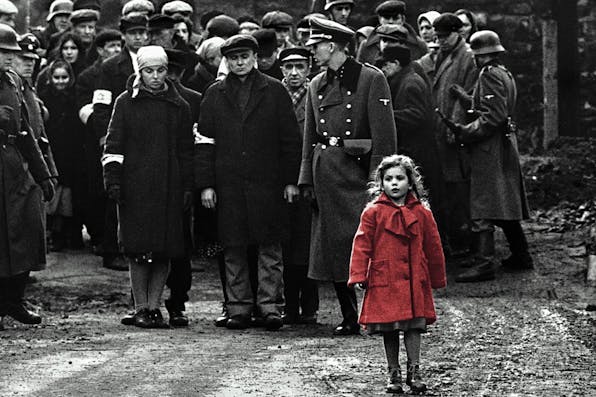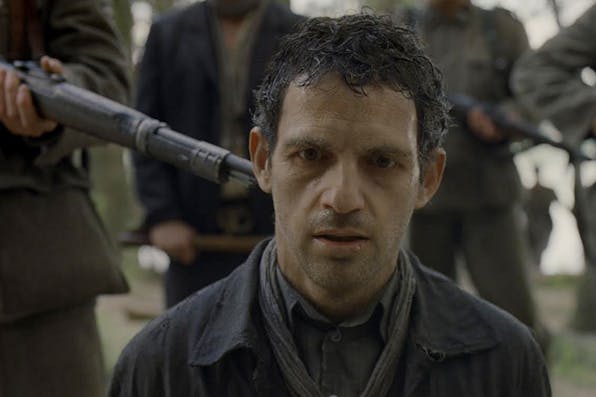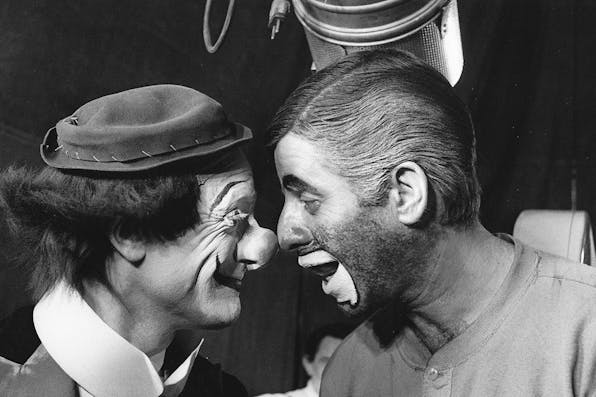
March 21, 2016
The Necessity of “Son of Saul”
Technology has robbed us of our ability to empathize. It may take a vision of a death camp to reignite it.
Really great films are often really about film itself. Whatever else it has going on, Orson Welles’s Citizen Kane (1941), to name one obvious example, is also a love song to deep focus and a meditation on the fractious nature of cinematic storytelling. And Stanley Kubrick’s 2001: Space Odyssey (1968), another obvious example, muses on the boundaries of technology and imagination by giving us a gorgeous and difficult movie that is the perfect embodiment of both. Even documentaries are not immune to this inflammation of reflexivity: for all the weight evoked by its length and its subject matter, Claude Lanzmann’s Shoah (1985) is an essay about film and memory and the difficulties of projecting the past on the screen.
Being a great film, Son of Saul plays the same trick: sure, it’s set in Auschwitz, but what it really is just may be a movie about watching movies. Dan Kagan-Kans, in “That Holocaust Feeling,” must himself feel a little of this metaphysical blues. His thoughtful review considers the film through, among other things, the prism of video-game ontology, and ends with a spirited meditation on what the rise of virtual reality might do to Holocaust-themed movies. He’s wrong, I think, but about all the right things: Son of Saul is indeed obsessed with “immersion,” the viewer’s utter absorption in the story’s fictional world—but not (as Kagan-Kans asserts) in a video-game idea of immersion, which is a furious ballet of thumbs that moves quickly and favors instinct over analysis. Instead, the movie offers a different vision of immersion, as hopeless and ethereal as its protagonist Saul’s doomed quest: it’s about trying to be present in a story in an age that has desensitized us to stories, trying to feel when we’re mainly conditioned to lol or squee or omg.
Writing in the Wall Street Journal recently, David Thomson, one of the few great living American film critics, has lamented what he calls “the loss of darkness.” Ever since 1922, Thomson argues, when Robert Flaherty brought his camera to the Canadian arctic and introduced us to Nanook of the North, filmmakers have been explorers as well as artists, thrilling us by taking us where, without them, we could not go. But what’s the meaning of exploring now that an adolescent with a moderately priced piece of special-effects software can stage an explosion on the surface of the moon or generate a faithful facsimile of the Golden Gate Bridge, only to have the Martians blow it up? And why would we go to sit in the dark and watch stories unfold when “content” is being offered up on our phones and our watches and in the back seats of taxis? Instead, Thomson muses, “we are depressed because that technology somehow betrays our allegiance to narrative and our longing for the untamed actuality of the world out there.”



